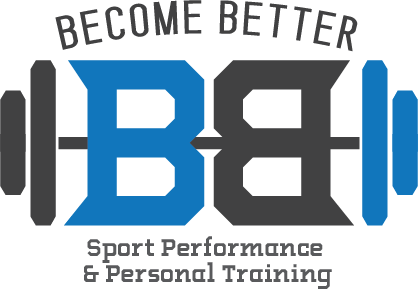Back Squat Tutorial
Learn how to properly back squat
watch the video and read the description below to learn helpful cues and avoid common mistakes of performing the Back squat exercise.
Description:
Place your hands slightly outside shoulder width. Then duck under the bar and let it rest on either the muscles of your upper back or the muscles on the back of your shoulders.
Once the bar is in place, stand up and take a few steps back and place your feet about shoulder width apart with your toes angled slightly outward.
From this position, lower yourself down until the top of your hip crosses below the top of your knee, then stand back up. Your feet should stay as flat on the ground during the whole movement.
Helpful Cues:
Take a big breath, hold it, and squeeze your abs tight before you descend. This will help support your spine and allow you to efficiently transfer force from the ground up into the bar. Blow the air out as you approach the top of each rep.
Think about keeping your chest up so your back stays tight and flat.
Look straight ahead or slightly up. Your head should stay neutral during the whole movement, but looking up ward just a little can help keep your chest up and back flat.
Always use a controlled descent. Fast descents can be fine, but they have to be controlled first or you risk failing the lift.
Transition quickly when in the bottom. As stated before, this needs to be controlled first or you will lose the weight, but a fast transition will allow for better energy transfer. Sitting in the bottom for any amount of time will drastically increase the difficulty.
If you’re finding yourself on your toes, then think about pushing your butt/hips back a little more when you squat. This may keep your center of mass more balanced and therefore your feet will stay flat on the ground.
Keep your knees in line with your toes during the entire movement. You don’t want your knees tracking inward or outward. Wherever your toes are pointed, your knees should be pointed as well. This may also help keep your feet flat.
Try a weightlifting shoe. Many people find it easier to achieve full range of motion and maintain correct technique by using a weightlifting shoe during squats because they will naturally help your ankle range of motion. They also allow a firm bottom which can help produce more force into the ground. Let us know if you want to try one out!
Common Mistakes:
Not bracing before starting the movement. This can lead to your back rounding at the bottom of the range of motion, which is not great for your performance, or your back.
Not squatting deep enough. If you’re cutting your reps short, you’re leaving gains on the table. Full range of motion squats are perfectly safe and should be performed by anyone who wants to build strong, healthy knees, hips, and back.
Setting up unevenly. Make sure you place the center marking of the bar in the middle of your back. If you set up too far to the right or left, you’ll make the movement significantly harder.
Coming up on your toes. You can’t produce optimal fore this way. See above on how to fix this.
Slouching your shoulders forward. As stated before, this is not good for performance or your back. Read above on how to fix this.
Other names for the back Squat:
Squat
Barbell Squat
Barbell Back Squat
Common Variations:
Tempo Squat
Band Squat
Chain Squat
Half Squat
Low Bar Back Squat
High Bar Back Squat
Box Squat
Pause Squat
